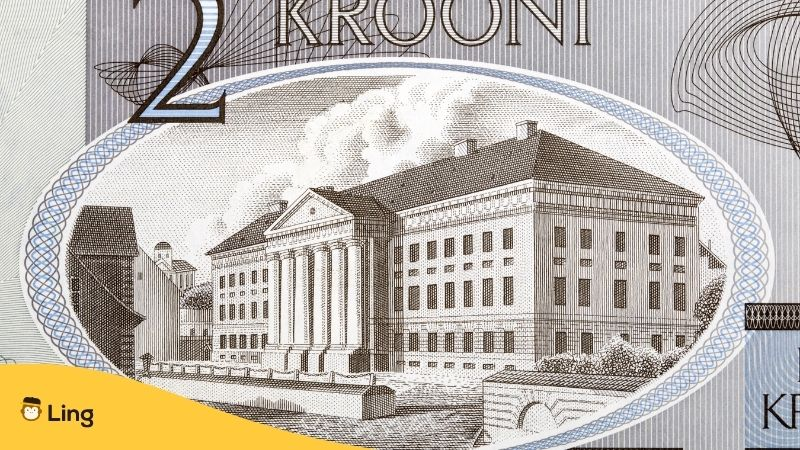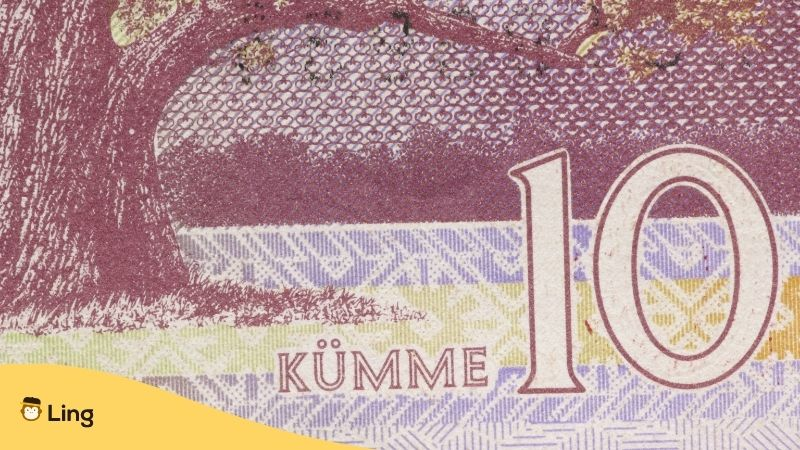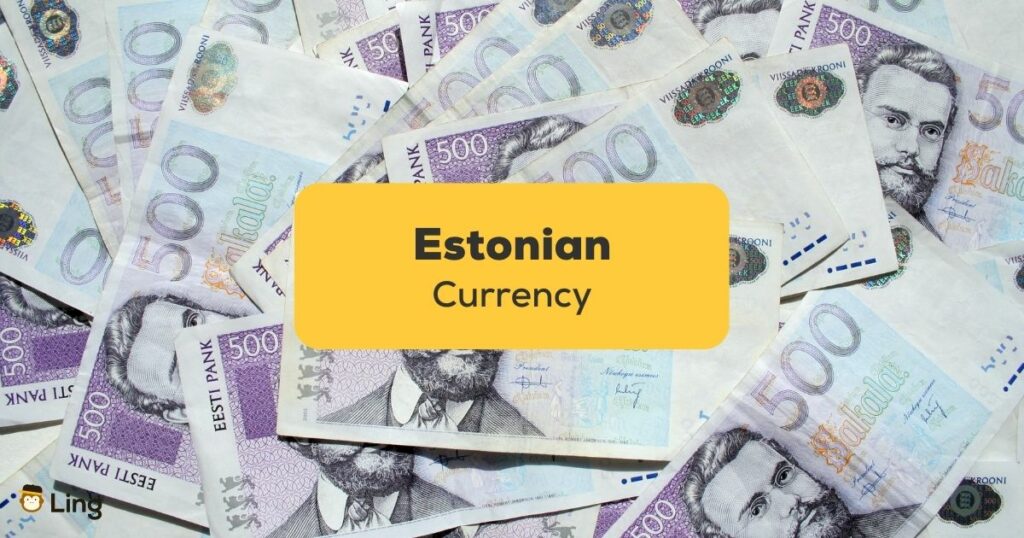A History Of Estonian Currency
Before 1918, Estonia was without its own currency. Before this point, Germany, as the country’s occupying power, had control of Estonia’s cash and declared that the German mark was to be the country’s legal tender. Because of World War 1, Estonia had a number of foreign currencies circulating within its borders including the Russian rouble. In 1919, Estonia borrowed 10 million Finnish marks and issued them in correspondence with the German ostmark exchange rate. In 1921 the Russian rouble was taken out of circulation.
Banknote Shortage
A shortage of banknotes following the war meant a number of companies introduced their own forms of payment for employees that could be used to honor salaries and to do some shopping in the factory shops. The first of these special types of payment was introduced in 1918 by companies including Narva Broadcloth Factory and The Port-Kunda Cement Factory. In August 1919 the State Treasury made the decision to remove this type of payment.
Introduction Of Official Legal Tender
The Clearing House of Tallinn introduced Estonia’s first legal tender in the form of cheques that could be used to settle payments between companies. The amounts on the cheques were handwritten on forms printed in both Estonian and German. Treasury bills were issued by the government as a way of mopping up the various currencies that were being used by the Estonian people. In January 1922 the bills were declared invalid.
Estonia’s First Currency
Following Germany’s surrender on 11 November 1918, the Estonian authorities immediately began working on financial development. On 30 November 1918, the Provisional Government decided that the German mark would be replaced by the Estonian mark. This would be on par with the German mark. The printing of the first treasury notes began in both Tallinn and Helsinki.
Introduction Of The Estonian Kroon
Between 1924 and 1927 paper notes were removed from circulation. A rapid decline in gold reserves and rocketing inflation forced the Estonian authorities to introduce monetary reform. The kroon was introduced as the new currency and was equal to 100 marks. The Estonian kroon came into play in 1924 to be used in foreign trade and was established for everyday transactions on 1 January 1928.
Foreign Loan
Because of a substantial foreign loan, the value of the kroon was pegged to the British pound. The global financial crisis of 1933 resulted in the Estonian kroon’s exchange rate being unpegged.

The Kroon Under Soviet Rule
In September 1928, 10-kroon banknotes were finally issued and other dominations were added over subsequent years. The Estonian kroon managed to survive for a while following Soviet occupation in 1940, however, it was declared invalid as the country’s currency on 25 March 1941 when the Russians introduced chervontsy, roubles, and kopeks.
The Return Of German Money
By the middle of 1941, the Wehrmacht forces were in control. By the end of the year, the money being used in Estonia were the coins and notes of the State Credit Fund. Other forms of credit were also introduced for the procurement of various goods and to pay people for the jobs they were doing. With the departure of the Germans at the end of the war, the only remaining currency in circulation in Estonia was the rouble. This was to remain the case until 1992 when the Estonian kroon once again became the official currency.
The Kroon Makes A Comeback
On 27 March 1991, the Monetary Reform Committee was established and formed by independent experts, the Governor of Eesti Pank, and the leader of the government. At 4 am on 20 June 1992, the Estonian kroon was reestablished as Estonia’s sole legal tender.
Competition To Design The New Denominations
A public competition to design the new Estonian kroon notes was announced in December 1989 by the Council of Ministers of the Estonian SSR. The task of designing the one- and two-kroon notes fell to Urmas Ploomipuu and the other denominations were designed by Valdimir Taiger.
The design of the Estonian kroon coins came from sketches created by Mari Käbin, however, a change in minting requirements, including specific names and symbols, meant the coin designs were taken from coins that had been in circulation before the war. The coin denomination as well as the name of the state were to be printed on the front of the coins and the year and heraldic lion symbols were to be printed on the reverse.

The Introduction Of The Euro
The single currency was introduced to Austria, Belgium, Finland, France, Germany, Greece, Ireland, Italy, Luxembourg, the Netherlands, Portugal and Spain on 1 January 2002. Other European Union nations made the euro their own over subsequent years and in 2011 Estonia adopted the currency. Although euro banknotes all bear the same design, euro coins have one side that is designed by the nation that issues them. The responsibility for designing the coin was given to artist Lembit Lõhmus after he won a design competition. Estonian euro coins feature an engraved map outline of the country and the word Eesti.
Visiting Estonia
If you are thinking of visiting Estonia it might be helpful to learn a handful of words before your ‘plane lands related to Estonian currency, banknotes and coins. Below is a short list of commonly used words.
A List Of Essential Estonian Currency Words
| English | Estonian |
| ATM | sularahaautomaat |
| bank | pank |
| banknotes | pangatähed |
| buy | osta |
| cash | sularaha |
| convert | teisendada |
| cost/costs | kulu |
| currency | valuuta |
| currency symbol | valuuta sümbol |
| currency code | valuuta kood |
| denomination | nimiväärtus |
| economy | majandust |
| exchange rate | vahetuskurss |
| exchange office | rahavahetuspunkt |
| investment | investeering |
| price | hind |
| sell | müüa |
| stock/stocks | aktsiad |
| value | väärtus |

Want To Learn More?
If you would like to delve deeper into the Estonian language, why not download the Ling app? If you have enjoyed our short history of Estonian currency, why not check out our other blogs on a wide range of subjects in over 60 languages?
Download the Ling App now at Google Play or App Store.




























